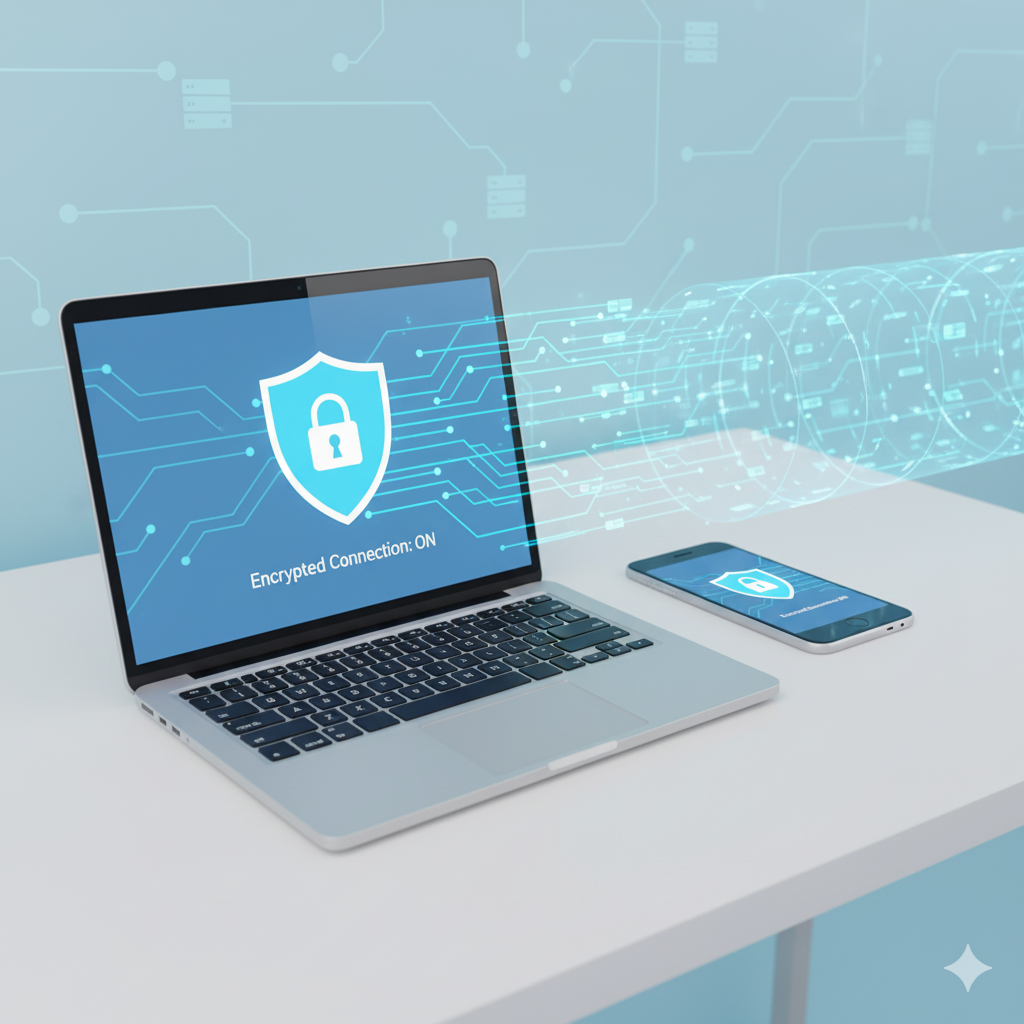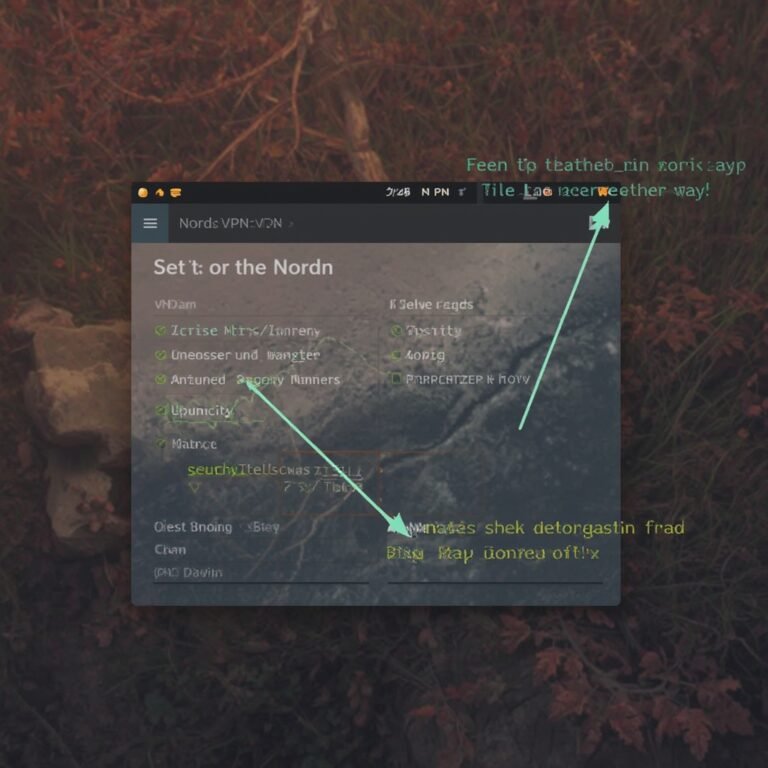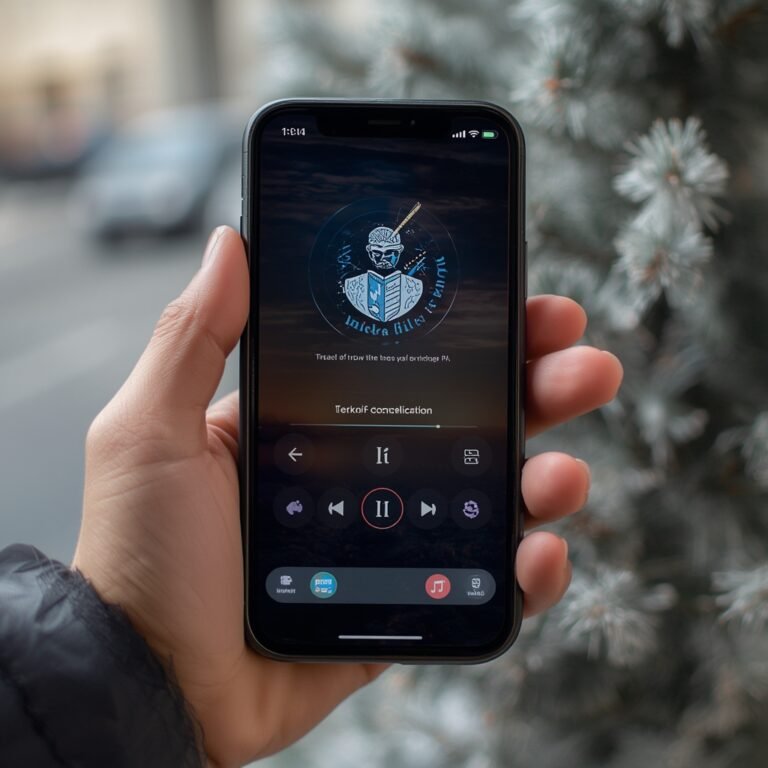What Is VPN Used For — A Practical Analysis for IT and Security Teams
A Virtual Private Network (VPN) has evolved from a niche privacy tool to an essential infrastructure component in enterprise and personal cybersecurity. Understanding what is VPN used for requires dissecting its technical architecture, operational advantages, and real-world applications across corporate and consumer environments.
What is a VPN used for in everyday online activities?
At its core, a VPN establishes an encrypted tunnel between a user’s device and a remote server, protecting traffic from interception. IT managers deploy VPNs to ensure secure connections for remote employees and branch offices. For individuals, VPNs provide data protection on unsecured networks, such as public Wi-Fi.
A VPN masks the user’s IP address and replaces it with that of the VPN server, effectively hiding location and identity. In corporate settings, this enables secure resource access within internal networks. In consumer contexts, it allows private browsing and access to region-restricted content (source: Cloudflare Learning).
How does a VPN protect your data and privacy?
Encryption is the backbone of VPN security. Most VPNs use protocols such as OpenVPN, WireGuard, or IKEv2/IPSec, employing AES-256-bit encryption to render intercepted traffic unreadable. Network engineers appreciate VPNs for safeguarding data-in-transit, especially during remote authentication or cloud-based operations.
In hybrid work setups, the VPN acts as a defensive perimeter against packet sniffing and man-in-the-middle attacks. Even if an attacker infiltrates a Wi-Fi network, encrypted VPN traffic prevents data exfiltration. However, privacy levels differ by provider—some keep connection logs, which introduces compliance concerns (source: Wikipedia).
When should you use a VPN (public Wi-Fi, travel, streaming, remote work)?
VPNs are indispensable in unsecured or restrictive environments.
- Public Wi-Fi: Coffee shops and airports are hotspots for packet interception. VPNs encrypt all traffic, making eavesdropping futile.
- Travel: Accessing corporate dashboards or email from abroad requires confidentiality; VPNs maintain an internal network connection over public infrastructure.
- Streaming: A VPN circumvents regional content restrictions. Users often select optimized servers to unlock foreign libraries, though performance varies.
- Remote work: Enterprise VPNs grant authenticated employees access to internal databases, file servers, and intranet resources, bridging secure tunnels across the internet.
For detailed steps on secure configuration, see how to bind qBittorrent to VPN.
What a VPN cannot protect you from (and common misconceptions)?
Despite its strengths, a VPN is not an all-encompassing security solution. It cannot:
- Block phishing sites or malware hosted within legitimate domains.
- Prevent endpoint compromise from infected devices.
- Guarantee anonymity if users share personal data online.
Misconceptions often stem from marketing oversimplification. For instance, users may assume a VPN completely anonymizes them—yet, fingerprinting techniques and browser telemetry can still identify unique users. Additionally, DNS leaks can expose browsing metadata if improperly configured. Advanced DNS encryption protocols, such as those in Encrypted DNS and DNSCrypt solutions, mitigate this risk.
How to choose a good VPN provider — things to look for?
Selecting a VPN involves evaluating:
- Protocol variety: Support for modern protocols like WireGuard for speed and OpenVPN for reliability.
- No-log policies: Transparent privacy practices with third-party audits.
- Infrastructure footprint: More global servers reduce latency and improve speed consistency.
- Jurisdiction: Providers headquartered in privacy-friendly countries minimize data exposure risks.
- Performance monitoring: Regular throughput and latency testing under different network conditions.
For security-driven comparisons, refer to the AirVPN vs NordVPN analysis, which benchmarks encryption standards, authentication, and throughput.
Constraints and performance:
While VPNs enhance security, they introduce measurable latency and throughput penalties. Encryption/decryption overhead can reduce bandwidth by 10–25%, depending on CPU capabilities and VPN protocol. WireGuard is typically faster than OpenVPN due to leaner code and kernel integration.
Network engineers must also consider endpoint distribution. Routing all traffic through distant servers increases latency—choosing geographically closer nodes minimizes this impact. Additionally, enterprise firewalls or ISPs with deep packet inspection (DPI) may throttle VPN connections, affecting remote productivity. For accurate testing, isolate VPN performance using synthetic benchmarks under identical network conditions.
Is using a VPN legal and safe in different countries?
VPN legality varies. In most Western nations, VPN usage is lawful, though its misuse (e.g., for illegal content or bypassing corporate controls) remains punishable. Certain regions—like China, Iran, and UAE—restrict or regulate VPN use through licensing frameworks.
IT teams operating across borders must remain compliant with local data protection laws and corporate governance policies (source: Kaspersky Blog). For global operations, centralized management with split tunneling can balance compliance and security.
Real-life scenarios: when you absolutely should (and shouldn’t) use a VPN
Use a VPN when:
- Handling sensitive enterprise credentials over public networks.
- Accessing region-locked SaaS dashboards during travel.
- Conducting security assessments requiring IP obfuscation.
Avoid VPNs when:
- Connecting to latency-sensitive services like high-frequency trading systems.
- Using networks with built-in intrusion detection that flags tunneling protocols.
Professionals managing large-scale hybrid infrastructures can also reference what is a VPN concentrator for advanced multi-user tunneling solutions.
Conclusion
Understanding what is VPN used for helps IT managers and cybersecurity professionals deploy it strategically—protecting confidentiality, ensuring data integrity, and enabling secure connectivity across distributed systems. Proper configuration, paired with realistic performance expectations, ensures the VPN remains a core yet efficient component of modern network defense.
How does a VPN integrate with enterprise security architecture?
In corporate networks, VPNs act as secure gateways between distributed users and internal resources. Many enterprises deploy site-to-site VPNs to interconnect data centers and branch offices through encrypted tunnels, enabling secure Layer-3 routing. IT managers also combine client-based remote access VPNs with centralized authentication systems such as RADIUS or LDAP, ensuring that access rights align with company policies.
A VPN concentrator aggregates multiple tunnels simultaneously, handling encryption overhead, key exchange, and session management. When integrated with SIEM and endpoint monitoring tools, it provides visibility into connection logs and security events. Advanced solutions even apply micro-segmentation policies to isolate high-risk users. For implementation details, see which statement describes an important characteristic of a site-to-site VPN.
What are the most common enterprise and consumer use cases?
Enterprise:
- Remote workforce enablement: Secure remote desktop sessions and application access.
- Inter-office networking: Persistent tunnels between geographically distributed offices.
- Compliance protection: Encryption helps meet GDPR, HIPAA, and PCI-DSS requirements for data in transit.
- Third-party vendor access: Limited, logged connections for contractors via VPN gateways.
Consumer:
- Streaming and access freedom: Avoiding content geoblocking and censorship.
- Privacy enhancement: Preventing ISPs and advertisers from profiling browsing patterns.
- Gaming optimization: Selecting low-latency servers to reduce packet loss (source: TechRadar).
Each use case carries distinct requirements for encryption strength, authentication, and logging transparency.
How do modern VPN protocols differ?
VPN performance and security depend heavily on protocol design.
- OpenVPN: Mature, flexible, and widely supported. Uses SSL/TLS for key exchange.
- WireGuard: Lightweight and efficient with state-of-the-art cryptography (ChaCha20, Poly1305).
- IKEv2/IPSec: Stable on mobile networks due to fast reconnection features.
- L2TP/IPSec: Legacy protocol—adequate for basic tunneling but inefficient for high-latency links.
WireGuard’s small code base (less than 4,000 lines) reduces attack surfaces and simplifies auditing, making it favored among new deployments. Nevertheless, compatibility considerations often require multi-protocol support within the same VPN infrastructure.
Constraints and performance (extended technical view)
From a network-engineering perspective, VPN throughput depends on CPU cycles dedicated to cryptographic operations. Hardware acceleration (AES-NI or ChaCha20 on ARM) significantly reduces encryption delay. However, heavy packet inspection or antivirus scanning on endpoints can still cause jitter.
Performance degradation also stems from path inflation—the extra distance data travels to reach the VPN server. To mitigate this, some providers employ dynamic routing algorithms or multi-hop architectures that optimize exit node proximity.
In multi-user environments, Quality of Service (QoS) must be carefully tuned. Without bandwidth caps per session, high-volume transfers may saturate the tunnel and impact latency-sensitive services such as VoIP or SSH.
How do VPNs coexist with cloud and zero-trust environments?
Modern architectures increasingly transition from traditional perimeter-based VPNs to Zero Trust Network Access (ZTNA) models. Instead of granting full network access, ZTNA verifies users and devices for each application request. However, VPNs still play a key transitional role—especially when legacy systems cannot integrate with cloud identity frameworks.
Hybrid organizations often use VPNs to secure traffic between on-premises resources and public-cloud environments like AWS or Azure. In such configurations, IPsec or SSL tunnels link VPCs and corporate data centers, maintaining data confidentiality during migration phases.
For example, how does a VPN work explains this encryption layer in detail.
Are there measurable security trade-offs?
Yes. The VPN itself becomes a single point of trust. If compromised, attackers could intercept encrypted traffic or access internal systems. Hence, strict access control, two-factor authentication, and continuous monitoring are mandatory.
Additionally, organizations must evaluate the balance between performance and privacy. Logging policies, jurisdictional risks, and shared IP architectures can affect compliance. Regular external audits and adherence to RFC 4301 – Security Architecture for the Internet Protocol help validate deployment integrity (source: RFC Editor).
Conclusion
In summary, understanding what is VPN used for allows IT leaders to apply the technology with precision—aligning encryption, authentication, and network design to business needs. Whether deployed for secure remote access, compliance, or data protection, a VPN remains a critical yet evolving element in today’s security ecosystem. Integrating it with performance monitoring and zero-trust principles ensures resilience and sustained operational integrity across hybrid environments.



